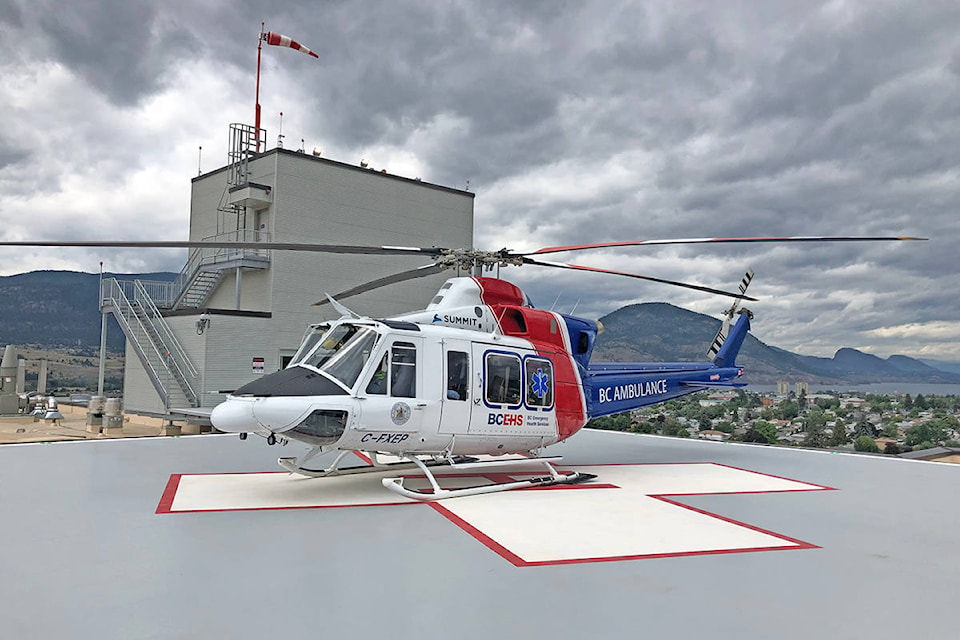Medevac response times to Tahltan territory are now faster than ever, speeding up by nearly 75 per cent since July this year, from around 20 hours to just over five hours.
“5.3 [hours] right now, we are thrilled with because we can work with that,” said Feddie Louie, director of the Tahltan Emergency Operations Centre.
Doctors in Tahltan territory have been working to speed up the process for over a decade. Prior to the changes this year, a call to British Columbia Emergency Health Services (BCEHS) underwent multiple steps. Tahltan doctors had to contact hospitals to find and secure a bed and an available doctor, adding time and uncertainty to the process.
Those steps caused medevac response times to balloon to between 17.5 hours and 22.5 hours from the time the call was made to when a transport was on the ground to pick up a patient — critical situation or not.
Now, medevac calls are treated the same as a 911 call from anywhere else in the province and no hospital can refuse a patient from Dease Lake.
“They don’t wait to find a bed, they don’t wait to find a doctor, the only thing they’ll do is figure out what kind of resource to use, whether it’s fixed wing, rotary or road,” said Louie.
“We have struggled with this for a long long time, being provided with services that the rest of B.C. enjoys constantly.”
Prior to the changes, response times were so slow that the Tahltan Central Government had partnered with resource companies to pay for a fixed wing asset to sit at the Terrace airport in case it was needed.
The provincial government has agreed to pay the $1,500 daily cost of the aircraft, which was previously split between the Tahltan, Newcrest Mining and Brucejack Mine.
Still, issues of familiarity and infrastructure at the Dease Lake Airport is a barrier to effective medevac services. Currently, the issue is that pilots not familiar with the airstrip are hesitant to land there, and there are no nighttime capabilities at the airstrip.
READ MORE: Stikine Airport Society seeks funding for decrepit Dease Lake Airport
The Stikine Airport Society is seeking funding for a significant project to improve the airport.
“The upgrades that are being proposed will allow any pilot to land on there and feel confident about landing on there because right now we have no nighttime capabilities, and we very recently lost one of our young people because a plane couldn’t land at the Dease Lake airport due to no proper lighting,” said Louie.
Negotiations are underway to authorize aircraft based in the Yukon to provide medevac services to Dease Lake Airport, because those pilots are generally more familiar with the airport compared to pilots from B.C.’s south.
Louie said doctors in Dease Lake have been working for more than 10 years to reduce medevac times with little progress, but the COVID-19 pandemic has helped to push the changes ahead.
“COVID helped get that that issue to the forefront because the very first medevac we had in March was a patient in respiratory distress, that patient didn’t get moved for 22 and a half hours and from the grace of God he was not COVID positive,” she said.
“It created an opportunity for us to come together, us meaning NHA (Northern Health Authority), FNHA (First Nations Health Authority), Tahltan, BCEHS, Ministry of Health, everyone being on the same page working towards the same goal.”
@BenBogstie
ben.bogstie@terracestandard.com
Like us on Facebook and follow us on Twitter.
